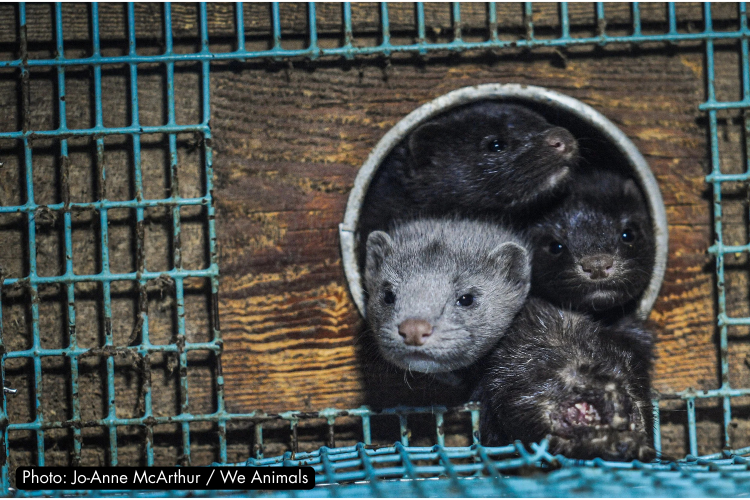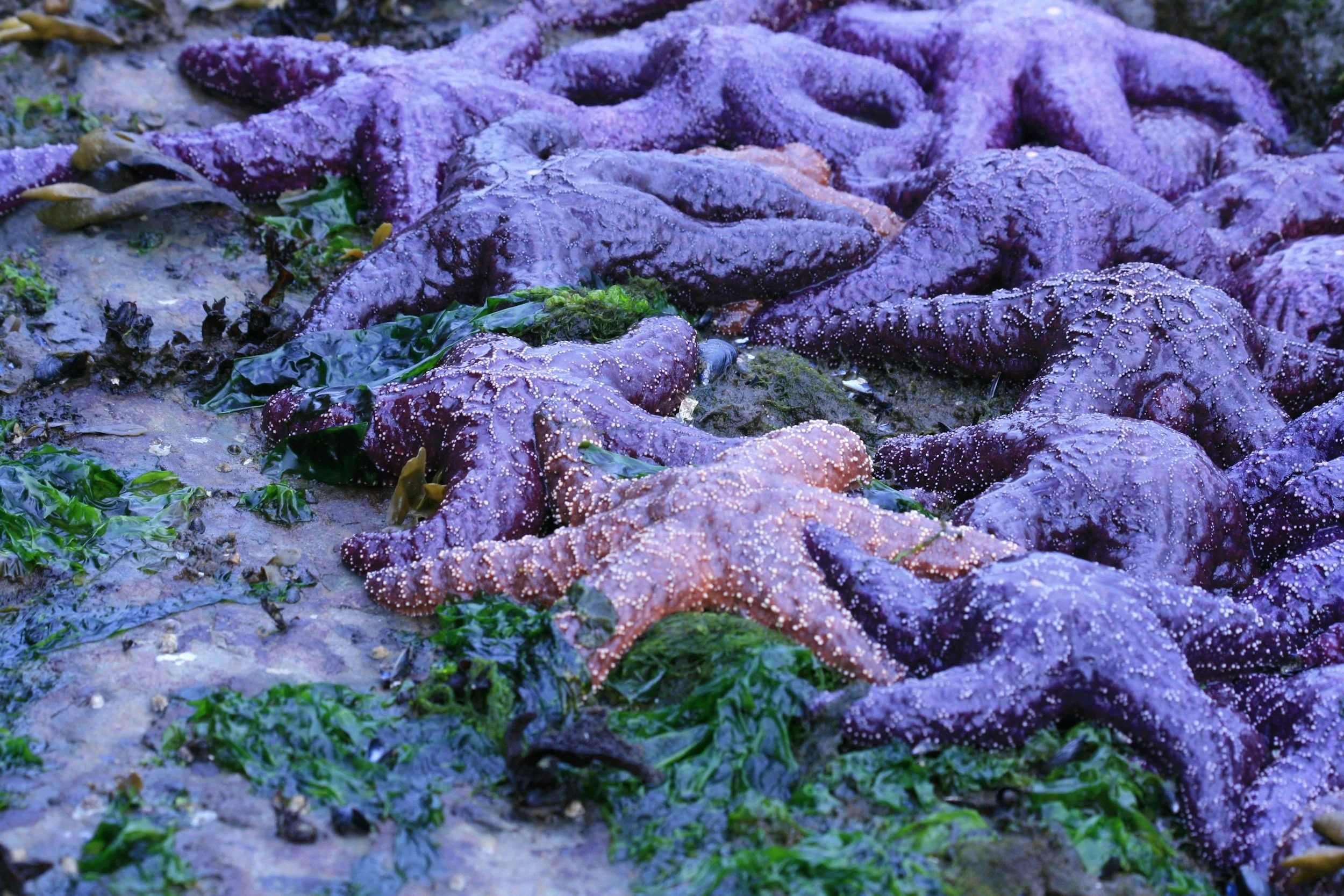Amazing animals this week: whale makes longest ever recorded journey in 13,000km migration, while the world’s oldest bird lays an egg at age 74
The two remarkable events highlight how wildlife continues to surprise scientists and animal experts.
An albatross and a whale have both made global headlines this week for remarkable feats that have surprised and delighted wildlife experts.
Wisdom, a Laysan albatross, recently flew back to Midway Atoll National Wildlife Refuge which is localted at the far northern end of the Hawaiian archipelago.
She is one of the millions of albatross that return to the refuge to nest and raise their young.
And at an estimated 74 years old, she is also the world’s oldest known wild bird.
This week wildlife officials announced that Wisdom has become a mother once again after laying an egg.
Wisdom, the Laysan albatross. Credit: Keegan Rankin/USFWS
Biologists first identified and banded Wisdom back in 1956 after she laid an egg, according to the U.S. Fish & Wildlife Service.
Experts estimate that Wisdom has since produced 50-60 eggs, including as many as 30 chicks that fledged.
Many of these were with her long-time mate, Akeakamai, but her male counterpart has since not been seen at the last two nesting seasons.
This year however, Wisdom “immediately” began to interact with a new male at the refuge, resulting in her first egg in four years.
Jonathan Plissner, supervisory wildlife biologist at Midway Atoll National Wildlife Refuge, called the moment “a special joy” and said recent activity seems to indicate she still has the energy and instincts for raising another chick.
In another surprising animal story this week, scientists have published a study on what is thought to be the longest and most unusual migration ever recorded by a lone whale.
The record-breaking journey was pieced together thanks to whale watching site Happywhale, which helps researchers and the public submit whale sights and then identify the whale through a unique form of facial recognition.
The individual recognition is made possible through the whale’s tail - or fluke - with each having a completley unique pattern and pigmentation. “It’s like a five-metre banner of their ID,” whale biologist Ted Cheeseman, a co-author of the new study and co-founder of Happywhale, told the Guardian.
In the study, a sighting of a male humpback whale was recorded swimming in breeding grounds on the Pacific coast of Columbia in 2013 and again in 2017.
But in 2022, the same whale was observed in breeding grounds in Zanzibar. The two locations are separated by 13,046 km of great-circle distance.
The authors, who published their work in the Royal Society Open Science journal, say the whale’s migration between breeding grounds in the Pacific Ocean and the Indian Ocean represents the longest recorded great-circle distance of a male humpback whale. It is also thought to be the longest distance ever recorded for an individual whale.
Experts are unsure why the whale made such a long journey. Some have suggested that it could be due to climate change having a negative impact on the population of krill which whales feed on, leading to increased journeying to find more food.
We Have A Favor To Ask…
Species Unite amplifies well-researched solutions to some of the most abusive animal industries operating today.
At this crucial moment, with worldwide momentum for change building, it’s vital we share these animal-free solutions with the world - and we need your help.
We’re a nonprofit, and so to keep sharing these solutions, we’re relying on you - with your support, we can continue our essential work in growing a powerful community of animal advocates this year.






